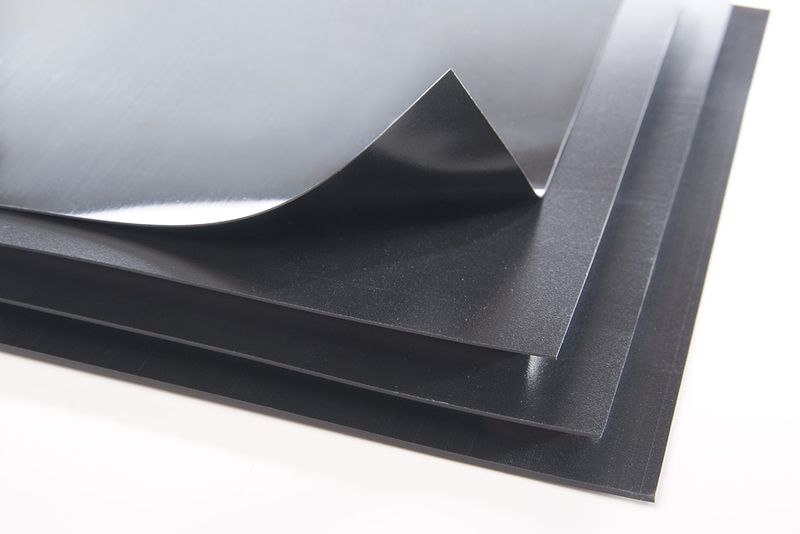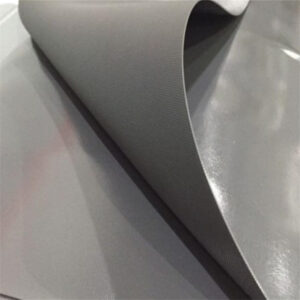How to improve the life of geomembrane
Improving the life of geomembranes requires a variety of measures, including correct installation, proper maintenance and reasonable use. Here are some ways to increase the life of your geomembrane:
Proper Installation: Properly install geomembranes according to the guidelines provided by the manufacturer and the recommendations of professionals. Make sure the surface is clean, flat, and avoid direct contact with the geomembrane with sharp objects or sharp edges to reduce the risk of damage.
Quality Control: Use geomembrane products that meet specifications and quality standards to ensure reliable quality. Low-quality or substandard materials can cause faster aging and damage.
Regular Inspections and Maintenance: Regularly inspect geomembranes to look for damage, punctures, or damage and repair them promptly. Regular maintenance can help prevent potential problems from getting worse.
Avoid UV Exposure: Geomembranes may be sensitive to UV rays, and prolonged exposure to sunlight may accelerate aging. Using sun protection or adding a UV stabilizer can help extend its life.
Prevent chemical damage: Avoid contact of the geomembrane with chemical substances (such as acids, alkalis, solvents, etc.) as these substances may cause the degradation of the geomembrane.
Avoid sharp objects and mechanical damage: Avoid direct contact of sharp objects with the surface of the geomembrane, use a protective layer or take precautions to prevent mechanical damage.
Reasonable use: Use geomembrane according to design requirements and recommendations, and do not exceed its load-bearing capacity and designed use range.
Document Care and Maintenance: Document inspections, maintenance and repairs of geomembranes. This helps track the geomembrane’s life and possible problems and develop better maintenance strategies.
Timely update and replacement: According to the service life and condition of the geomembrane, seriously aged geomembranes should be updated or replaced in a timely manner to ensure the long-term stability and safety of the project.
Taken together, regular inspections, correct installation, preventive measures and rational use are the keys to extending the life of the geomembrane. Through these measures, the aging and damage of the geomembrane can be minimized and its service life can be increased.

Geomembrane UV aging test
Geomembrane UV aging testing is an experiment to evaluate the durability and stability of geomembranes under ultraviolet (UV) radiation. Ultraviolet radiation is an important factor in the atmospheric environment and may cause aging, cracking and performance degradation of geomembranes. The following are the general steps for conducting UV aging testing of geomembranes:
Specimen preparation: Cut specimens from the geomembrane that meet the specifications. The shape and size of the specimen usually depends on the specific testing standard or specification.
Choose appropriate testing equipment: Use equipment specifically designed for UV aging testing, such as a UV radiation chamber. These devices are capable of simulating ultraviolet rays from solar radiation, providing controlled radiation conditions.
Set test parameters: Set appropriate UV radiation intensity, temperature and test time according to the requirements of test standards or specifications. These parameters generally depend on the actual UV radiation levels in your region and the environment of use.
Conduct a UV aging test: Place the geomembrane sample in a UV radiation chamber and expose it to a simulated UV environment. Lasts for a certain period of time to simulate the ultraviolet radiation that the geomembrane may experience in actual use.
Regular monitoring: During the testing process, the appearance, color changes, surface condition and possible changes in physical properties of the specimens are regularly monitored. These monitoring can be performed through visual inspection and necessary laboratory testing.
Data recording: Record the parameters of the UV aging test, the test time and any changes in the specimen. These data will be used for subsequent analysis and comparison.
Analysis results: Analyze the results of the UV aging test to evaluate the performance changes of the geomembrane under ultraviolet radiation. Be aware of possible aging, loss of strength, and changes in surface condition.
Report: Generate a test report to record the conditions, results and conclusions of the test. The report may also include recommendations and evaluations of changes in geomembrane performance under UV radiation.
These tests often need to be performed according to specific international standards, industry specifications or manufacturer requirements. Through UV aging testing, we can better understand the performance of geomembranes in ultraviolet environments and provide reliable performance data for practical engineering applications.

What are the ASTM standards for HDPE geomembrane?
ASTM’s standards for HDPE geomembranes mainly involve the physical properties, chemical properties, dimensions, installation requirements, etc. of the geomembrane. Here are some ASTM standards related to HDPE geomembranes:
ASTM D5199 – Standard Test Method for Measuring the Nominal Thickness of Geosynthetics:
Standard test method for measuring nominal thickness of geosynthetic materials.
ASTM D7176 – Standard Specification for Non-Reinforced Polyvinyl Chloride (PVC) Geomembranes Used in Buried Applications:
Standard specification for unreinforced polyvinyl chloride (PVC) geomembranes for buried applications. Although this is a specification for PVC geomembranes, the ASTM standard also includes relevant provisions for HDPE geomembranes.
ASTM D7408 – Standard Specification for Non Reinforced HDPE Geomembranes:
The standard specification for non-reinforced HDPE geomembrane stipulates its physical properties, dimensional requirements, etc.
ASTM D7700 – Standard Test Method for Extension Rate Calibration and Dynamic Mechanical Analysis of Geosynthetic Materials:
Standard test method for tensile rate calibration and dynamic mechanical analysis of geosynthetic materials.
Please note that updates to ASTM standards may occur, so it is recommended to consult the latest version of the ASTM standard when conducting testing or specification compliance. These standards provide a set of test methods and specifications to ensure the performance and quality of HDPE geomembranes in specific applications.
Author

Founded in 2002, Tinhy's team focuses on the manufacturing, marketing, installation, application and research and development of geosynthetic materials.
View all posts






